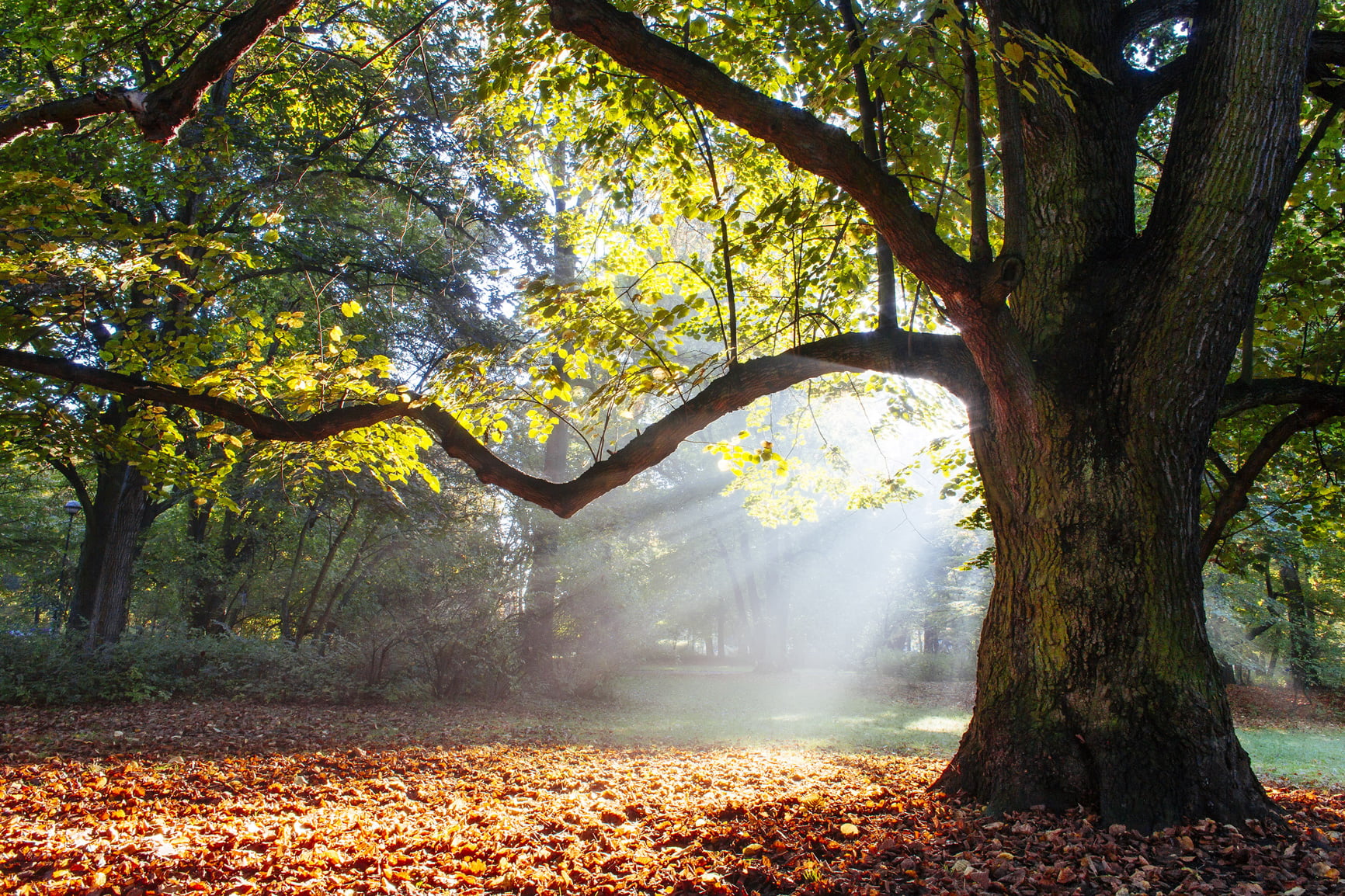
The Future of Timber as a Sustainable Building Material
A combination of urbanisation and a growing population is placing increasing pressure on our resources as highlighted at last year’s COP26 in Glasgow. Coupled with the fact that 40% of global carbon emissions can be attributed to buildings and construction, it seems clear that we must begin to shift away from traditional ideas, and consider new, greener, more sustainable ways to build.
Timber and sustainable buildings
The good news is that a growing number of architects are beginning to incorporate more eco-friendly materials into their designs. From bioplastics to waste-filled concrete, the innovation that we’ve seen over the past few years is extraordinary. However, innovation isn’t always necessary. There is one material that is 100% renewable and has been available for millions and millions of years: wood.
Timber has the lowest embodied carbon – carbon emitted through processes such as extraction and transport – of any major building material. It could also help to reduce CO2 emissions further, through improved thermal insulation that reduces reliance on energy-guzzling heating and cooling technologies. Wood is understood to be 15 times better than concrete and a whopping 400 times better than steel at maintaining comfortable temperatures.
It is, therefore, unsurprising to find timber becoming used more and more in building and construction. Not only are applications such as timber seating and open air timber classrooms now commonplace, but we’re also seeing wood being used to erect entire structures, like the Scottish Natural Heritage building in Inverness which is built from local larch.
The challenges
The obvious challenge that comes with using timber as a sustainable building material is increased demand on a slow-maturing resource. The UK’s most commonly used construction timber – Sitka spruce – grows slowly and densely in other climates. Here, however, it grows rapidly yet loosely, taking around twice the time to produce wood with suitable structural properties.
While there is the option of importing faster-maturing timber from abroad, carbon emissions from timber transport are already a major problem. 81% of raw wood material used in the UK is already imported, making this country one of the biggest importers of forestry products, coming second only to China. Increased transport emissions would counteract any benefits of using wood in construction.
The primary risk of increased demand on timber resources and an extended time to harvest is, of course, deforestation. Keeping trees in the ground is absolutely crucial, not only for wildlife – more than three-quarters of land-dwelling animals live in forests – but for carbon sequestration, too.
To meet the UK’s goal of reaching net zero by 2050, reducing new carbon emissions alone is never going to be enough. It’s also going to be necessary to actively remove existing carbon from the atmosphere. Trees absorb carbon dioxide from the air, but there are not enough of them even now to have the impact we need them to, never mind when demand for timber construction increases.
The average tree coverage of EU countries is 37%. Here in the UK, we’re lagging behind at just 13%. The Woodland Trust has set a goal to increase this to 19%. This would mean adding 1.5 million hectares of woodland across the country; a direct conflict with increasing timber harvest for building.
Identifying solutions
Keeping trees in the ground is critical. Yet so is shifting away from concrete and steel, and utilising more sustainable resources. It’s never been more important to identify solutions that enable both methods of carbon reduction to exist in harmony. Fortunately, two solutions already exist.
The first is the use of sustainable forestry practices that ensure a healthy supply/demand ratio. Builders must be able to obtain the renewable timber materials that they need, while woodland coverage is expanded across the country. Organisations such as the Forest Stewardship Council® (FSC®) are striving to make this happen, sustainably managing forests by harvesting responsibly and planting new trees for every one harvested. Ethical businesses, like us here at Landmark Street Furniture, are FSC®-accredited, only using FSC®-certified or sustainably-sourced wood.
The second solution is to use mass timber. There is still a great deal that we don’t yet know about mass timber in terms of its impact on the environment. But what we do know is that it’s widely predicted to be the future of timber as a sustainable building material. Mass timber has been likened to ‘wooden Lego’. Smaller, less dense pieces of wood from younger trees are used as building blocks to create bigger, more structurally sound lengths that have the strength and durability of more mature wood.
Caitlin Clarke, Senior Conservation Fellow at The Nature Conservancy, predicts that ‘mass timber is likely to take off at scale over the next decade’, becoming a firm focus for tomorrow’s architects.
So what does this all mean for architects?
There’s really no single, simple answer. However, it’s clear that there’s a need to start thinking about a shift to biophilic design, and the incorporation of nature-based solutions & naturally-sourced materials into the built environment.
Mass timber may take off as predicted by The Nature Conservancy. It’s also possible that the future of timber as a sustainable building material isn’t quite within reach just yet. Either way, it’s abundantly clear that the time for biophilic design is now. The built environment cannot continue down the path it’s on, especially not if we’re to meet our climate goals. Natural, sustainable, and renewable resources have got to be a firm focus moving forward for architects – and timber is the starting point we all need.
Speak to us about your next project and to learn more about how we use timber responsibly in our range of street furniture.
Resources:
https://www.iea.org/topics/buildings
https://www.forestresearch.gov.uk/documents/6997/FCRP025.pdf
https://www.weforum.org/agenda/2021/11/sustainable-mass-timber-green-building/
